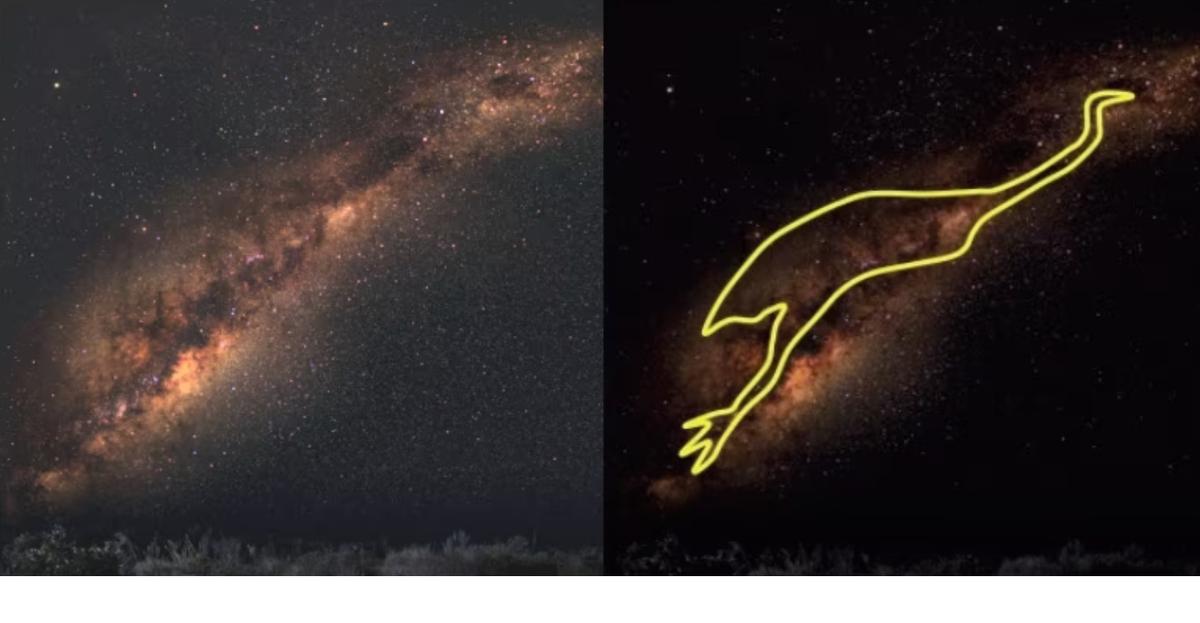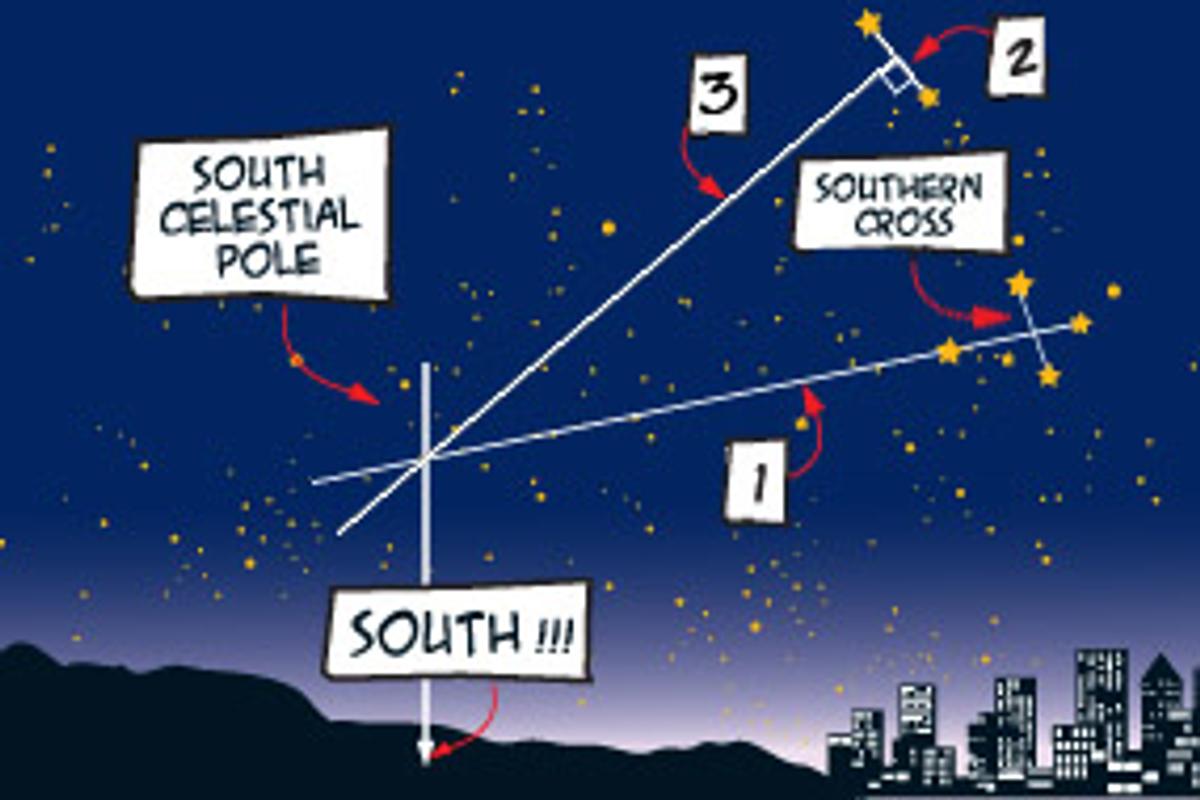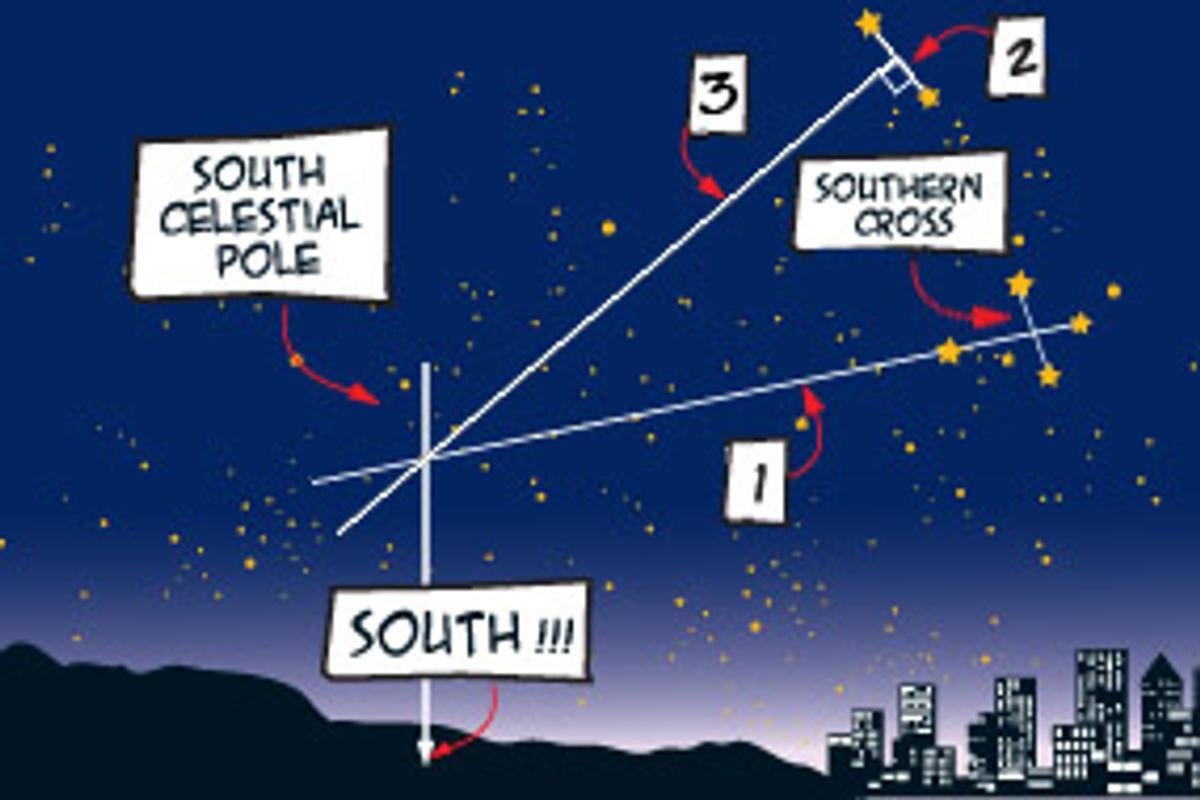Science

Starry nights..
Year 5 and 6 have been learning about the night sky as part of their Earth and Space sciences topic. Autumn is the perfect time to star-gaze as the evenings get darker earlier.
Hints for stargazing:
- Rug up and have a warm drink handy.
- Find somewhere that is as dark as possible: turn off house lights, stay away from street lights, pick a night when the moon is low and not full.
- Download a free app to help you see what you are looking at. Good examples are Stellarium or SkyView Lite
- You can only see about 2500 stars with the naked eye, but you don’t need a telescope to have fun. Even a pair of binoculars can give you a good view of the moon.
- Bring a friend to share the excitement.
Aboriginal people are recognised as the first astronomers, using the stars to tell stories, navigate, and as a calendar. What can we see in May/June:
- Try using Crux (the Southern Cross) and pointer stars to find south
- You might be able to see The Emu in the milky way. This is significant in Aboriginal culture, indicating the emu are about to lay their eggs.
- You may be familiar with the constellation Orion. The three stars of Orion’s belt also tell the story of the Three Brothers.
For more information please visit website.
Photos courtesy of ABC.
Rebecca Scollen
rebecca.scollen@smseymour.catholic.edu.au





